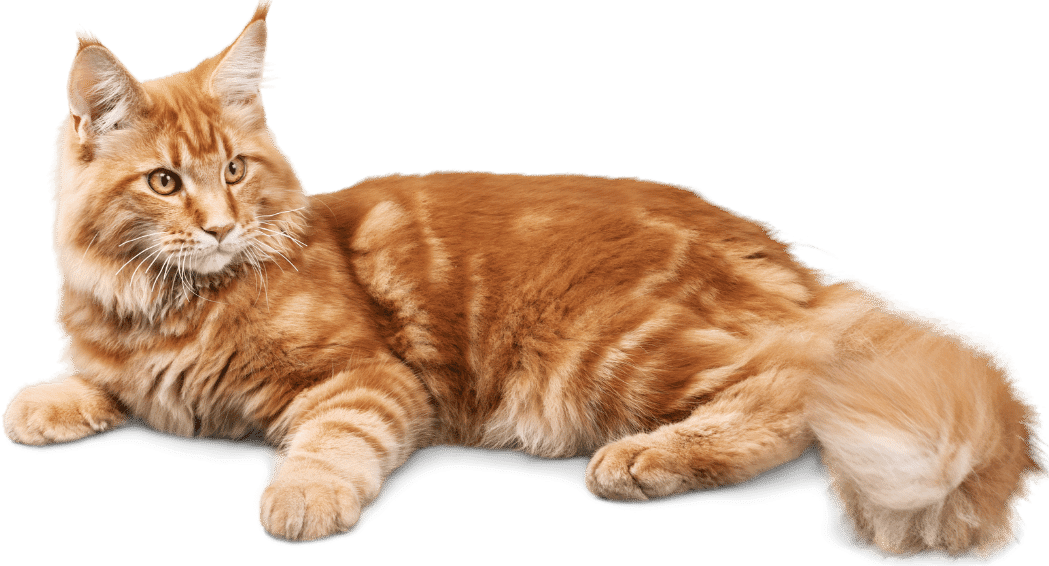Benefits of Adopting Indie Dogs

Indie Dog” is a term used to refer to rescue and shelter dogs, as opposed to dogs purchased from breeders or pet stores. Indie dogs are dogs that have been abandoned, lost, or surrendered to animal shelters, and need a loving forever home. Many of these dogs are already trained, and socialized and have been given medical care before being adopted. These dogs can come in all shapes, sizes, breeds, and ages.
- Adopting an indie dog is a great way to make a positive impact on the community and animal population, by providing a loving home for a dog in need. Additionally, it can be a cost-effective option and provide benefits for mental and physical health.
- By choosing to adopt an indie dog, you are also helping to reduce the number of stray and abandoned dogs in the community and reducing the demand for puppy mills and backyard breeders which often have inhumane breeding practices.
- Adopting an indie dog can be a rewarding experience, and with the right care, training and love, they can become a loyal and loving companion. If you are considering adding a new furry friend to your family, consider adopting an indie dog, you won’t regret it.
Benefits
Adopting an indie dog helps to save a life.
Many rescue and shelter dogs are at risk of being euthanized due to overpopulation, lack of resources, and the high demand for purebred dogs. By adopting an indie dog, you are giving them a second chance at a happy and healthy life.
Adopting an indie dog also helps to reduce the number of stray dogs.
When people choose to adopt from shelters and rescues, rather than buying from breeders or pet stores, it reduces the demand for puppy mills and backyard breeders, which often have inhumane breeding practices. In addition to the positive impact on the community, adopting an indie dog can also have many benefits for the adopter. Often, rescue and shelter dogs are already trained and socialized, making the transition to a new home much smoother. Many rescue and shelter organizations also provide training and behavioral support, so you can feel confident in your new furry friend.
Adopting an indie dog can also be a cost-effective
Adopting an indie dog can also be a cost-effective option. Many rescue and shelter dogs are already spayed or neutered, microchipped, and have had their initial vaccinations, which can save the adopter money in the long run. Additionally, many rescue and shelter organizations have lower adoption fees compared to buying a dog from a breeder.
Highly Protective & best for the Indian climate
- Indie dogs, also known as rescue or shelter dogs, are known to be highly protective of their owners. This is often because they have had a difficult past and may have experienced abandonment or neglect. As a result, they have a strong desire to protect and bond with their new family, making them highly loyal and affectionate pets.
- In the Indian climate, indie dogs can be especially well-suited due to their ability to adapt to different environments. Many breeds of indie dogs are known for their heat tolerance and ability to thrive in warm weather. In addition, many indie dogs are street-smart and can be better equipped to handle the hustle and bustle of Indian cities.
- It’s important to note that not all indie dogs are highly protective, it depends on the individual dog’s personality and background. It’s also important to remember that all dogs, regardless of breed, require proper training and socialization to ensure they become well-behaved and well-adjusted members of the family.
In conclusion, adopting an indie dog can be a great choice for families looking for a protective, loyal, and affectionate companion. They can be well suited to the Indian climate and many of them are already trained and socialized which can make them easier to integrate into the household. However, it’s important to remember that all dogs, regardless of breed, require proper training and socialization to ensure they become well-behaved and well-adjusted members of the family.







































